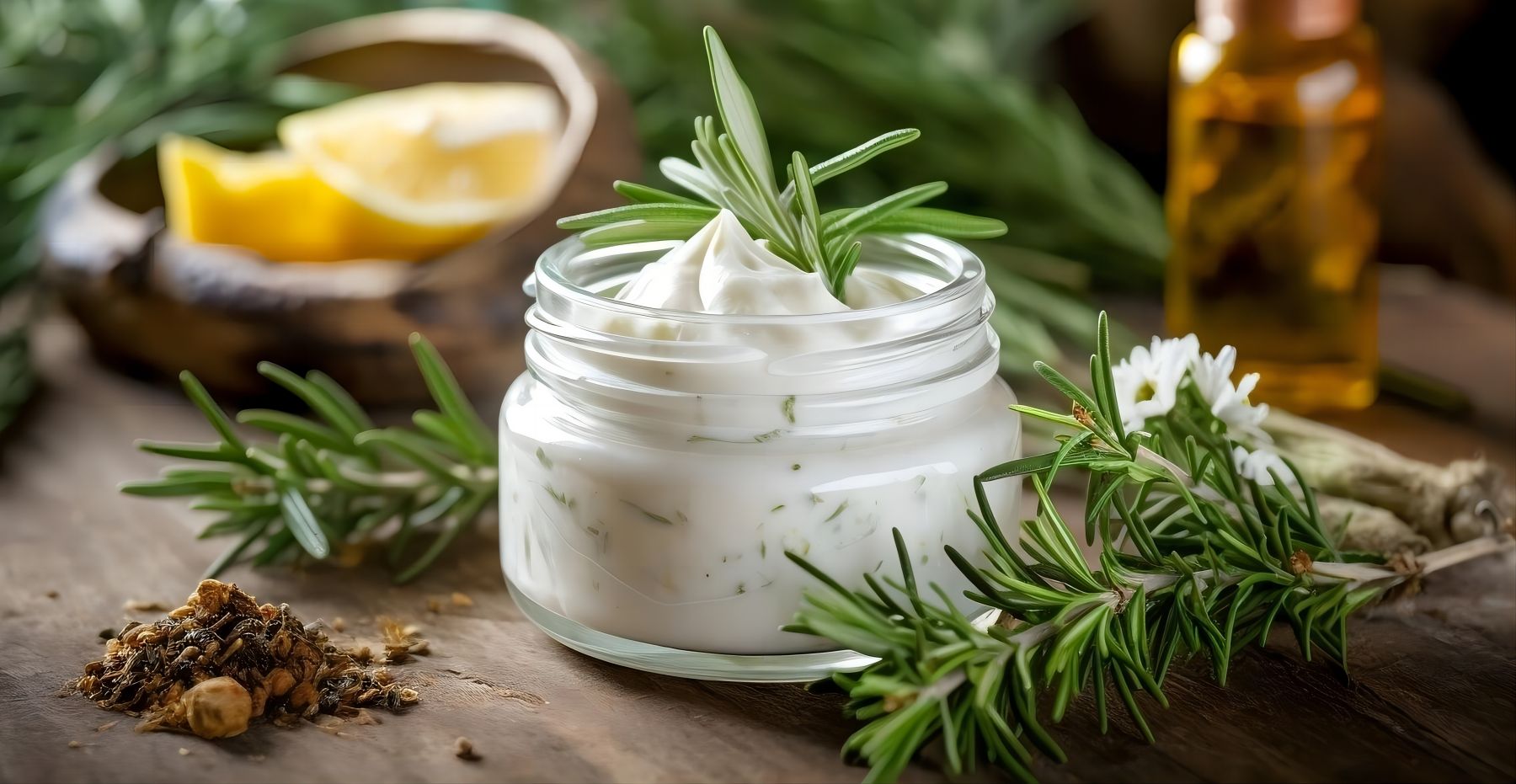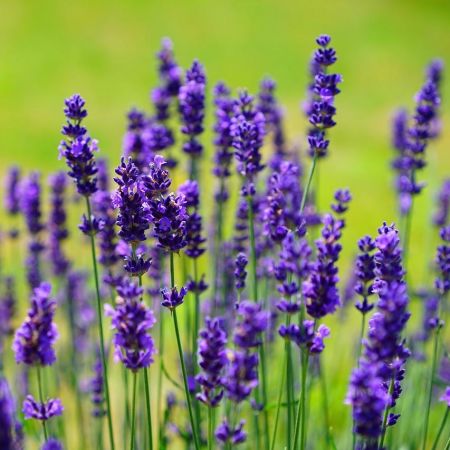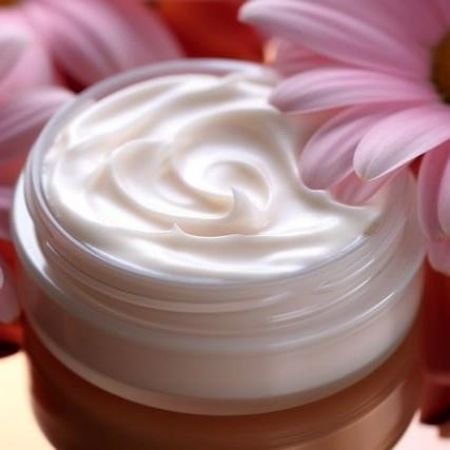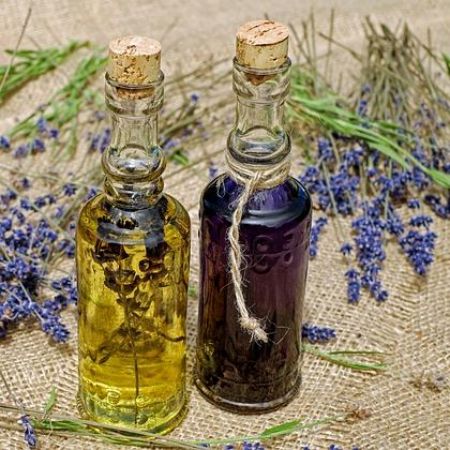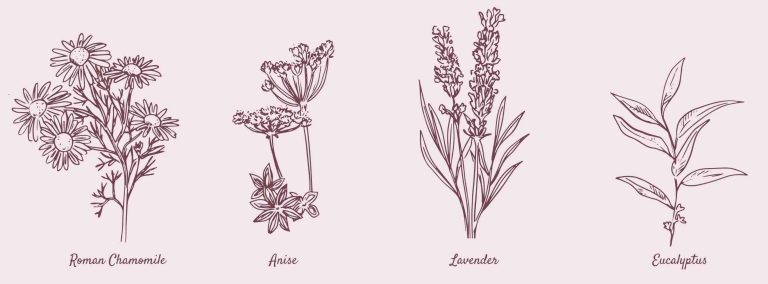How much fragrance to add to your skincare products?
There are many types of skincare products, which can be divided into moisturizing skin-protecting, beauty, and cleansing. The amount of scent you add to a skincare product depends on a few things: How strong the scented oil is itself? How powerful do you want the scent to be in the final lotion? The total amount of lotion you’re making.
How much fragrance to add to your products?
Cream or lotion is the main skin care product. Some of them add skin nutrients, remove acne and freckles, or add sunscreen, antifreeze, and anti-wrinkle ingredients, as well as preservatives, antioxidants, and pigments. The base of the cream is a colloid or emulsion, which is emulsified by water and oil or wax.
The cream base can be divided into two types: one is “water-in-oil”, such as vanishing cream, or foundation cream; and the other one is “oil-in-water” , such as cold cream, cleansing cream, and massage cream. Base raw materials in the cream are mineral oil, vegetable oil, refined lanolin and derivatives, waxes, cetyl alcohol, stearyl alcohol, water, glycerin or other moisturizers. The emulsifiers used are anionic, nonionic, and amphoteric surfactants. The base of the cream is white and often has a smell of soft wax, therefore, in addition to being safe for the skin, the fragrance essence should cover up the material smell and also ensures no Discoloration. As consumers prefer less scented products, and the general amount is 0.1%-0.6%.
| Product Type | Recommended Fragrance (%) | Notes |
|---|---|---|
| Lotions | 0.3% – 0.5% | * Higher water content may require less fragrance. |
| Body Butters | 0.1% – 0.4% | * Lower water content allows for slightly more fragrance. |
| Creams (Water-in-Oil) | 0.2% – 0.5% | * May require adjustment based on specific oil content. |
| Creams (Oil-in-Water) | 0.4% – 0.6% | * May require adjustment based on specific oil content. |
| Cleansing Creams | 0.2% – 0.4% | * Strong fragrance may irritate skin, consider a lower amount. |
| Massage Creams | 0.5% – 1.0% | * Higher fragrance amount can enhance the sensory experience. |
Another thing to note is that, since the cream must be heated to about 60-85℃ during the production process, however, it is generally lowered to about 50℃ when adding flavoring essence.
How to ensure No Discoloration?
Adding flavoring essence to skin care products, ensuring no discoloration is crucial to maintain the product’s aesthetic appeal and prevent potential misinterpretations of its quality. Here are some key considerations to prevent discoloration:
Flavor Essence Selection: Choose flavoring essences that are designed for the product and are known for their color stability.
Product Compatibility: Ensure compatibility between the flavoring essence and the product’s base ingredients. Consult with the supplier or conduct thorough testing to confirm compatibility.
Storage Conditions: Store the essence in a cool, dark place away from direct sunlight and heat sources.
Packaging Materials: Opt for food-grade packaging that is specifically designed for the product’s contents.
Monitoring and Testing: Conduct stability tests to assess the product’s resistance to discoloration under various conditions.
Manufacturing Processes: Implement manufacturing processes that minimize exposure to heat, light, and air. Proper temperature control, employing appropriate mixing techniques and minimizing processing times to prevent discoloration.
What fragrances are used in skincare products?
There are many flavors suitable for skin care products, such as olive essence, flower and wood essence, osmanthus essence, magnolia essence, jasmine essence, Qingfengyun fragrance, cucumber essence, gardenia essence, aloe vera essence, and other fragrances.
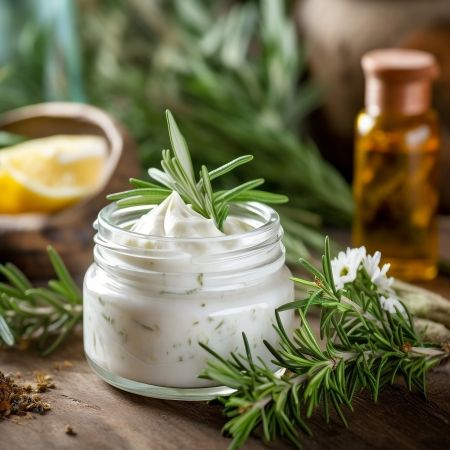
It’s important to choose the right flavoring flavors and appropriate amounts to ensure they are not only safe and effective but also enjoyable. Right fragrance type, compatibility with other ingredients, and storage conditions, manufacturers can minimize discoloration and create a wonderful product.

